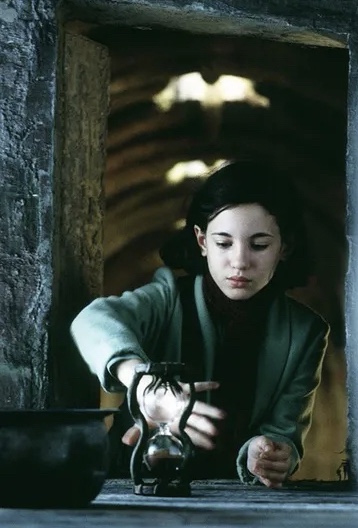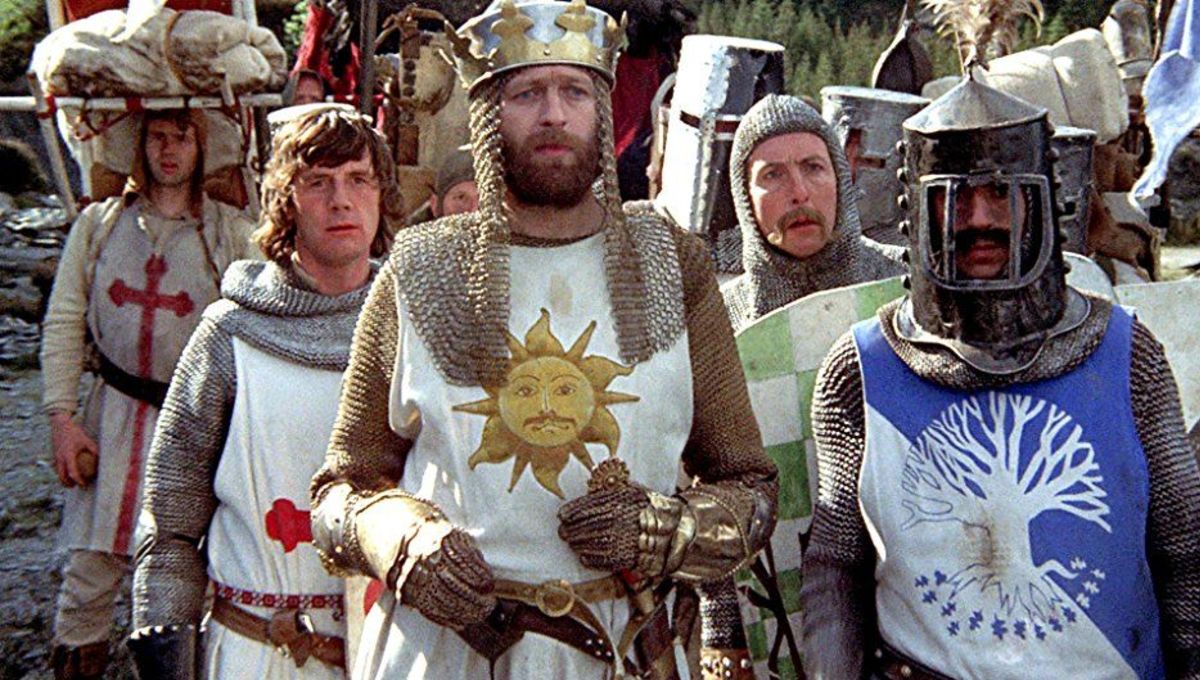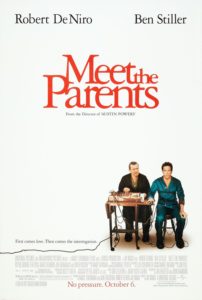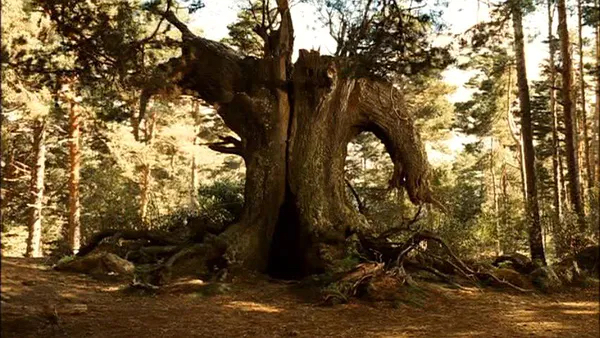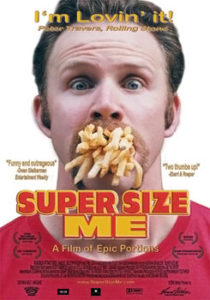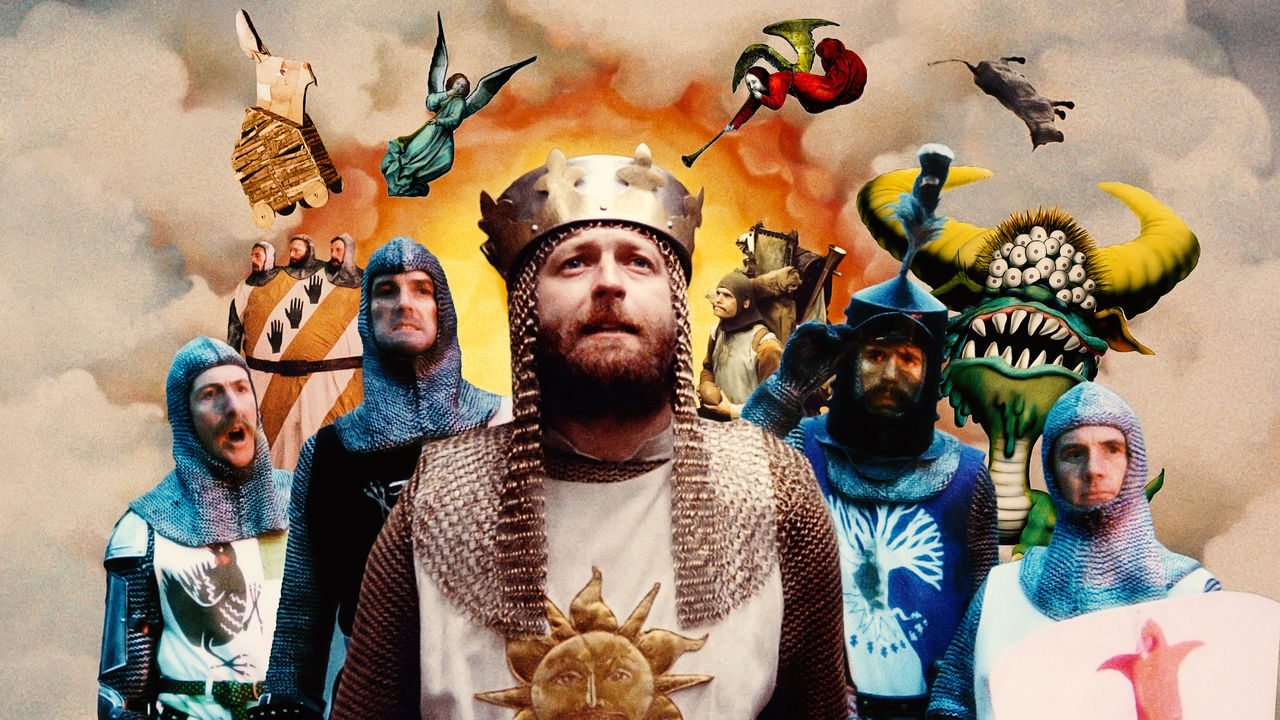What I think separates the Pan’s Labyrinth from comparable films is its unique storylines. In the film, director Guillermo del Toro combines fairy tales with political criticism. On the one hand, he tries to correct people’s long-held prejudice against fairy tales through bold creative practice, and on the other hand, he relentlessly exposes the shell of hypocrisy and selfishness in the adult world. The film’s story is driven by two seemingly unrelated plot lines: First, the fierce fighting between the captain and the guerrillas; Second, Ophelia’s adventures in the labyrinth. On the one side, the bloody and cruel real world, on the other, the mysterious fairy tale kingdom, how does the film interweave the two together? To answer both questions, we really need to dig into this movie. And those monster figures are no different than in other movies, such as the movie Silent Hill. That’s the movie’s uniqueness and similarities compared to the other ones. A reflection to del Toro in his ability to story-tell while presenting a visual masterpiece.
The moment that stands out to me is definitely the last mission and the last scene, when I first watch the movie, could not accept it. The third task: take his brother to the maze, with innocent people’s blood to open the gate. At the climax of the story, Ophelia has lost everything, without the protection of her mother and Mercedes, and is deprived of her freedom by the captain. Pan appeared and decided to give her one last chance. He asked Ophelia to offer a sacrifice of her brother’s blood to open the gate, but Ophelia refused. She disobeyed Pan again and was determined to protect her brother. Unlike in the second test, this time Ophelia made her own choice independently, and her choice meant her real growth. But what turns out to Ophelia, cold bullet from her step father and took her life. it is striking and shocking, turns to me I feel like all this hard trip comes to a dead end. Real sad.
I personally think this movie is more unconventional. Myself, the audience did not see what I truly want. For instance, although I know it’s hard for Ophelia to get a happy ending under that circumstances. But I still do want her to have a good end. The world itself in that movie is not very clear. I can’t really tell whether the mazes or Pan are true or just Ophelia’s imagination. Whether or not there is an underground kingdom is unknown and not to be discussed, but the comparison to life’s test has philosophical implications. To put it another way, the process of man being tested is a process of growing by constantly breaking through obstacles. Dictatorship and tyranny just the tip of the iceberg of this fundamental problem. The film unites fairy tales and political criticism by looking back at the roots of the problem.

